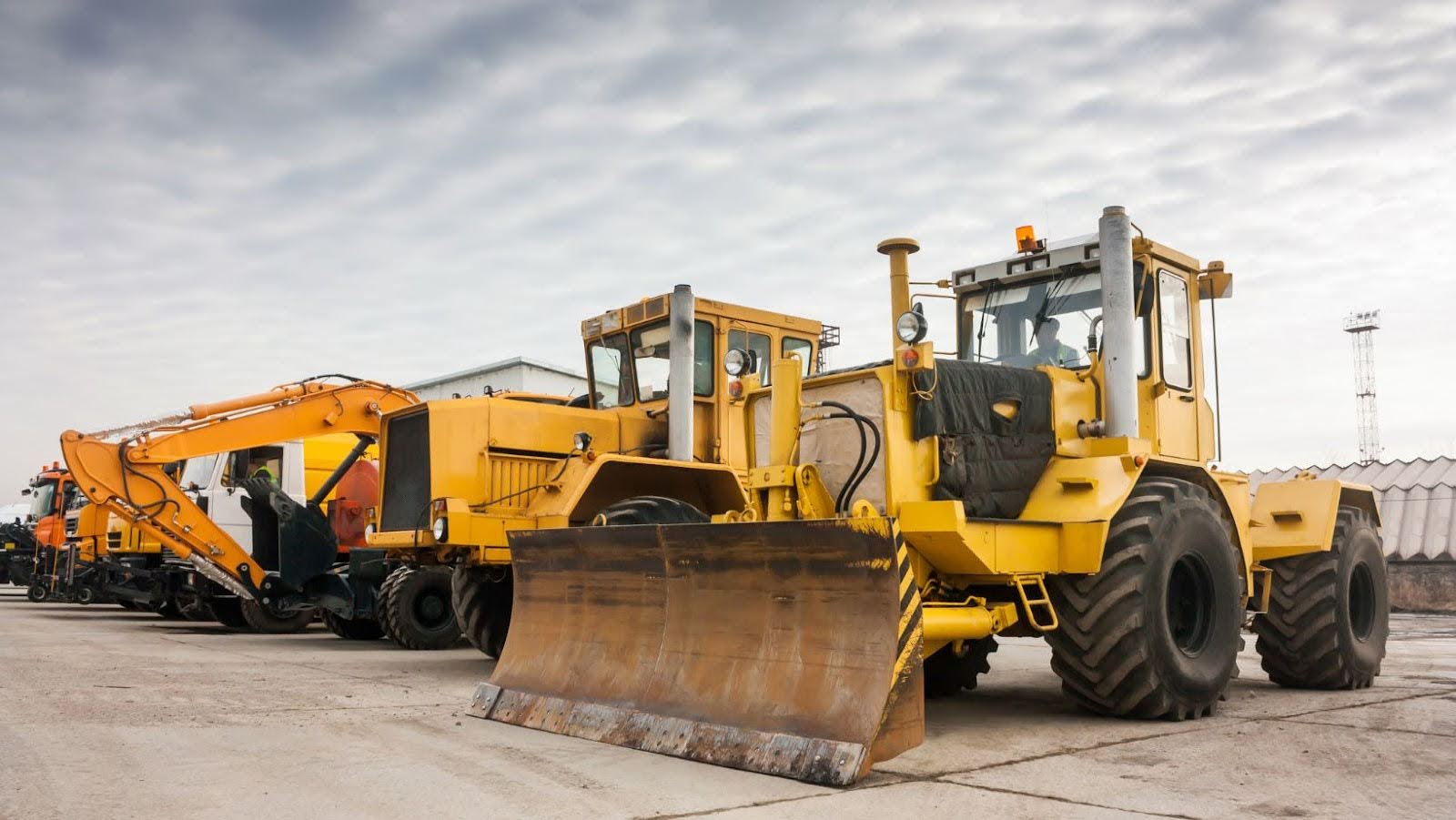
In today’s fast-paced world, the importance of having access to reliable information related to the upkeep and functionality of machinery cannot be overstated. Understanding the nuances and technicalities associated with these robust machines is crucial for those operating in various industries. This knowledge not only enhances efficiency but also significantly contributes to extending the lifespan of the equipment.
Within this specialized realm, there exists a wealth of documentation designed to assist users in familiarizing themselves with the operational intricacies and troubleshooting techniques of their machinery. These resources serve as indispensable tools, guiding professionals in the intricacies of repairs, adjustments, and routine checks to ensure optimal performance.
Whether you are a seasoned operator or a newcomer in the field, grasping the essentials of maintaining heavy machinery can lead to increased productivity and reduced downtime. By leveraging the right information, one can navigate challenges effectively, fostering a culture of safety and reliability in the workplace.
Importance of Service Manuals in Construction
Understanding the significance of technical documents in the realm of heavy machinery is essential for efficient operation and maintenance. These resources provide crucial insights that facilitate the upkeep of complex machinery, ensuring they perform optimally and safely. By following these guidelines, operators can prevent costly breakdowns and extend the lifespan of their equipment.
Key Benefits
- Operational Efficiency: Well-structured documents help operators familiarize themselves with equipment functions, leading to better performance.
- Safety Protocols: These documents outline safety measures that protect personnel and reduce the risk of accidents.
- Maintenance Schedules: Regular upkeep is essential; these resources provide timelines and procedures to conduct routine tasks effectively.
- Problem Diagnosis: Technical references include troubleshooting guidelines that assist in identifying and resolving issues swiftly.
The New Holland L185 service manual PDF is available for download, offering detailed guidance on maintenance and operation.
Training and Familiarization
The presence of clear documentation plays an instrumental role in training new personnel. By referencing these materials, operators can gain a deeper understanding of machinery nuances and best practices. This education fosters a culture of competence and confidence, ultimately enhancing productivity on the job site.
- New personnel can learn the functions and controls.
- Understanding operational limits ensures safe usage.
- Continuous education leads to improved skills and efficiency.
In summary, the availability of well-prepared technical resources is indispensable for anyone involved in the management and operation of heavy machinery. They serve as a foundation for effective training, safety, and maintenance strategies that are crucial in achieving successful project outcomes.
Key Components of Effective Service Manuals
Creating a reliable source of information is essential for the upkeep and repair of machinery. Such resources should provide users with clear instructions, useful insights, and a straightforward approach to addressing issues that may arise during operations. The effectiveness of these informational documents relies on multiple critical elements that ensure they serve their intended purpose.
Clarity and Simplicity: One of the most important aspects is the clarity of the language and the simplicity of the instructions. Users should easily understand the content, regardless of their expertise level. Technical jargon should be minimized, and when used, it should be clearly defined.
Detailed Illustrations: Incorporating diagrams, charts, and photos can greatly enhance comprehension. Visual aids not only break up text but also provide practical examples of parts and processes, making it easier for users to follow along.
Step-by-Step Procedures: Outline tasks in a sequential manner, ensuring users can follow each step without confusion. This structured approach allows them to systematically address any problems while avoiding potential pitfalls.
Troubleshooting Guides: Including a dedicated section for diagnosing common issues is invaluable. This resource should offer potential solutions and suggest next steps, empowering users to resolve difficulties independently.
Safety Protocols: Highlighting safety measures is crucial in any instructional document. Clear guidelines regarding precautions and protective measures can prevent accidents and ensure the well-being of the operator and others nearby.
Maintenance Schedules: An effective resource should also provide information on regular upkeep tasks. Detailed timelines for inspections, servicing, and replacement of components help users maintain equipment in peak condition.
Accessibility and Format: Lastly, the overall format and structure should promote easy navigation. Organized sections, a well-defined table of contents, and an index will allow users to quickly locate the information they require.
By integrating these components into a cohesive document, users are equipped with a reliable tool that supports the longevity and efficiency of their machinery, ultimately leading to enhanced productivity and safety on the job site.
How to Access and Utilize Manuals
In today’s fast-paced industrial environment, having the right resources at your fingertips can make a significant difference in efficiency and effectiveness. This section aims to explore methods for obtaining and leveraging detailed documentation that provides essential insights into machinery operation, troubleshooting, and maintenance. Understanding how to access and make the most of these resources is crucial for both operators and technicians alike.
Obtaining Documentation
To start, most manufacturers offer an array of materials that can be found on their official websites. These resources are often available in digital formats, allowing for easy download and access.

Additionally, many companies provide dedicated portals for registered users, granting access to exclusive content that may not be publicly available. It’s also advisable to check with local dealerships, as they frequently have printed copies or can assist in accessing electronic versions.
Utilizing the Information
Once you have accessed the necessary resources, the next step is effective utilization. Familiarity with the layout and terminology of the documentation is essential. Key sections typically include operational guidelines, maintenance schedules, and troubleshooting aids. Bookmarking frequently referenced sections or creating a quick-reference guide may enhance efficiency during operations. Moreover, sharing these insights with team members can lead to improved collaboration and overall effectiveness.
Keeping Updated
Staying current with the latest revisions and updates is another critical aspect of effectively using these documents. Many manufacturers periodically release updated versions that reflect new insights or changes in procedures. By subscribing to newsletters or notifications from official sources, you can ensure that you are always equipped with the most current information, thereby reducing the likelihood of errors and enhancing safety.
Q&A: New Holland L185 Service Manual PDF
What Is A Service Manual And Why Is It Important For Construction Equipment?
A service manual is a comprehensive guide that provides detailed instructions on the maintenance, operation, and repair of construction equipment.

It is important because it helps machinery operators and maintenance technicians understand how to properly operate and care for the equipment, ensuring optimal performance and longevity. By following the service manual, users can perform regular maintenance tasks, troubleshoot issues, and make informed decisions about repairs, which ultimately reduces downtime and repair costs.
Where Can I Find Service Manuals For Specific Construction Equipment?
Service manuals for specific construction equipment can typically be found in several places. Manufacturers often provide downloadable copies on their official websites, usually in the support or resources section. Additionally, some third-party websites and online marketplaces specialize in selling or sharing manuals for various equipment brands. Local dealerships or equipment rental companies may also have printed copies available for reference. If you’re looking for older equipment models, consider checking online forums or auction sites, where previous owners might share resources.
How often Should I consult the service manual for my construction equipment?
It is advisable to consult the service manual regularly, especially before performing maintenance or repairs. Routine checks, such as oil changes, filter replacements, and safety inspections, should align with the schedule provided in the service manual. Additionally, if any issues arise—such as unusual noises, instrument alerts, or decreased performance—referencing the manual can provide valuable troubleshooting information. Following the manufacturer’s recommendations outlined in the manual can help prevent major breakdowns and extend the life of the equipment.
Can I Perform repairs on my construction equipment without a service manual?
While it is possible to conduct some basic repairs without a service manual, it is highly discouraged for complex repairs or maintenance tasks. A service manual provides essential details such as diagrams, specifications, torque settings, and step-by-step procedures that are crucial for accurate repairs. Attempting repairs without this information can lead to improper fixes, potential equipment damage, safety hazards, and voiding of warranties. For best results and safety, it is recommended to use the service manual whenever you undertake repairs.







